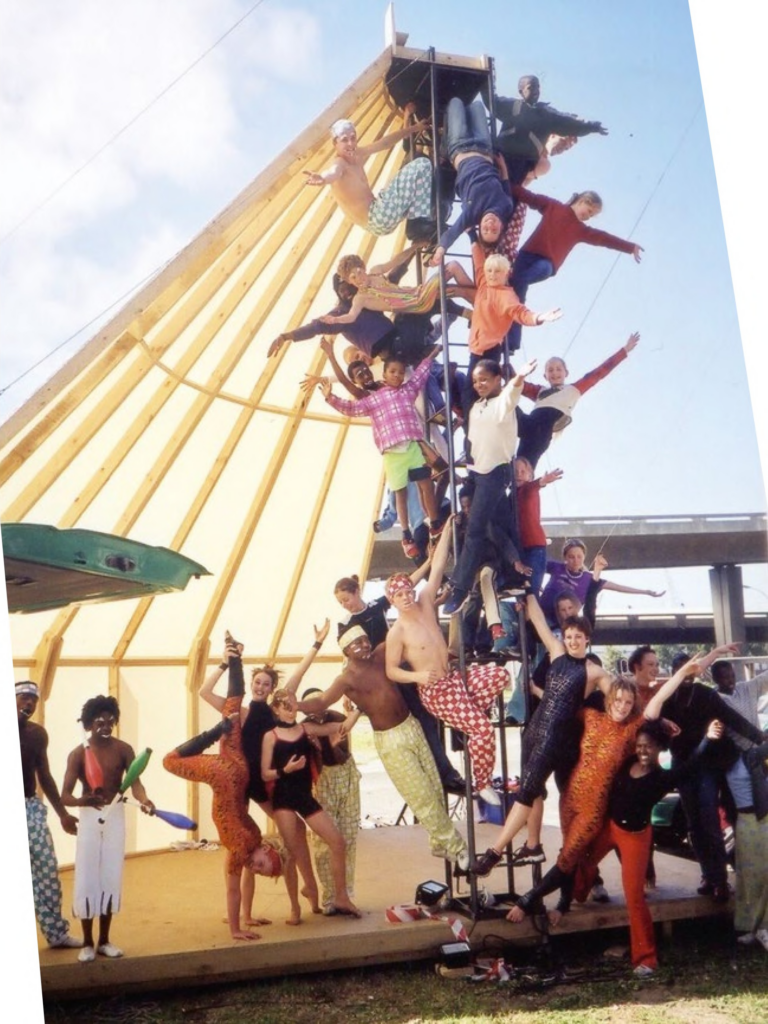Born in 1958 in the Mozambican capital, Maputo, she lives and works in Lisbon, Portugal
Zip Zap Circus School
2000-ongoing / Activation on February 20, 2024
Born in Mozambique when it was still a Portuguese colony, Ferreira grew up and studied in South Africa, receiving her MFA from the Michaelis School of Fine Art, University of Cape Town. She now teaches fine art at Lisbon University in Portugal. Her background constitutes the root of her work, which probes the relationship between Africa and the West through the lens of European modernism and the twentieth-century technologies of film and radio. Much of her practice centers on modernist architecture within the African continent, which Ferreira uses as a springboard for exploring both the utopian ethos of this global aesthetic movement and its deep entanglement with the European colonialist project.
Zip Zap Circus School (2000–ongoing) began life as a material manifestation of an unrealized architectural design from 1994 by Portuguese-Mozambican architect Pancho Guedes (1925–2015): a plan for a possible school to shelter and provide alternative education for children in Cape Town, South Africa, developed at the invitation of a local nongovernmental organization, still operational today, from which Ferreira’s work takes its name. Her model of Guedes’s unbuilt school references another unfulfilled architectural plan: Mies van der Rohe’s (1886–1969) unsuccessful design proposal for the Kröller- Müller Museum in the Netherlands in 1912. Although the German- American architect’s design never became a larger-than-life museum, the shadow of its idea existed briefly as a life-size, wood-and-cloth model on wheels—a ghost of a building that never was—parked on the Kröller-Müller country estate and documented by van der Rohe in photographs.
Always rendering a portion of Guedes’s original design while retaining the mobile and perishable nature of van der Rohe’s model, Ferreira’s Zip Zap Circus School is remade anew in each location, and then destroyed—“a ruin,” in the words of the artist, and a projected utopia that rematerializes each time the work is shown. At times, the tent- like structures are activated by live circus skills workshops, offering a temporary glimpse of the building’s original purpose. Revisiting two vastly different and unrealized modernist utopias, Ferreira’s work acts as a go-between, while highlighting the tension still spanning contemporary reckonings with histories of settler colonialism, occupation, and democratic emancipation.



